Do you need a CT coronary angiogram?
Do you need a CT coronary angiogram?
CT coronary angiograms are increasing in popularity as a non-invasive screening test for detecting blocks in coronary arteries.
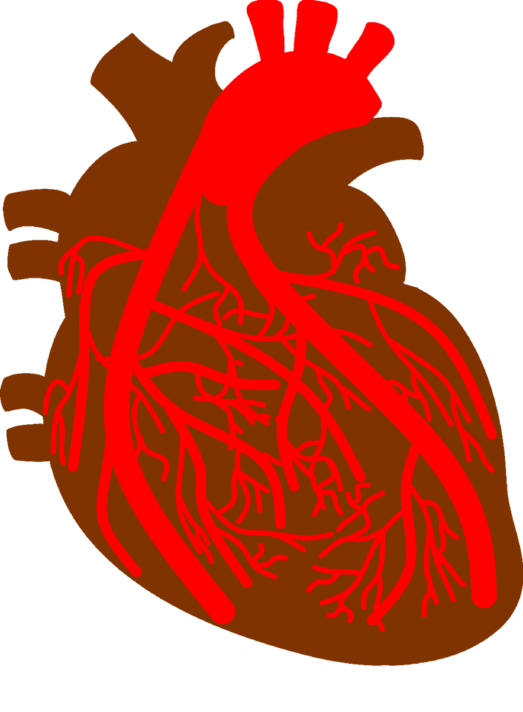
Coronary arteries are blood vessels supplying oxygenated blood to the heart.
Angiograms are images of blood vessels, usually obtained by injecting medications for contrast from body structures.
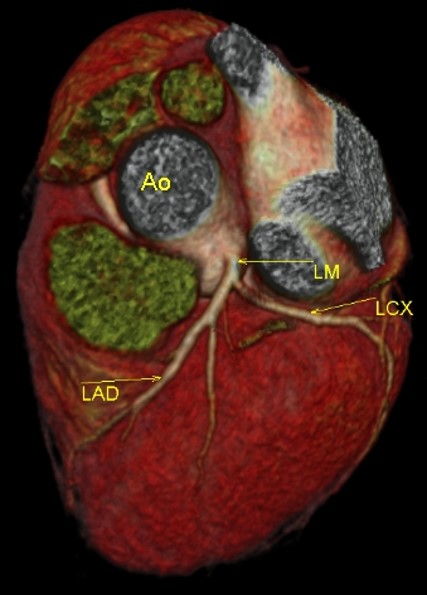
CT angiograms are reconstructions from multi slice CT scans following injection of contrast material into a forearm veins.
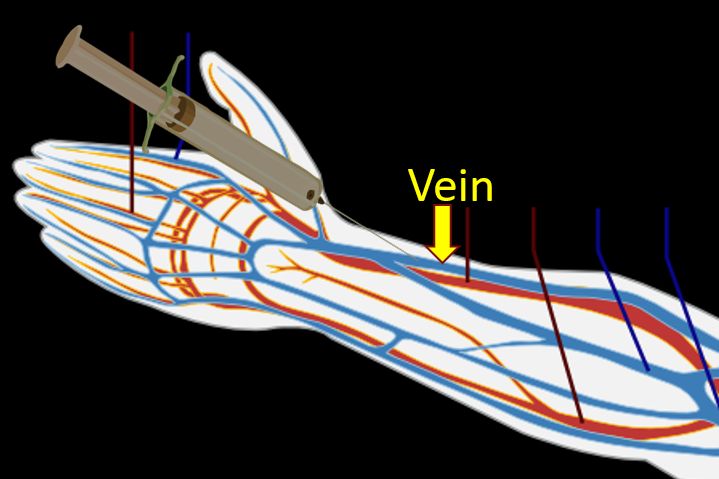
Veins are blood vessels returning deoxygenated blood to the heart. CT coronary angiogram can be done as an outpatient test, in the X-ray department.
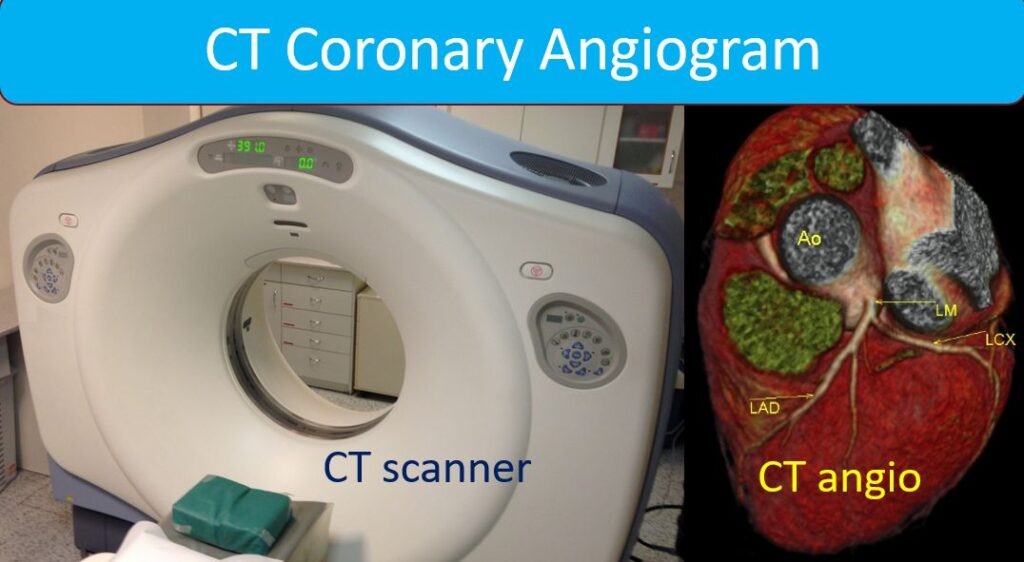
As of now CT angiograms cannot replace conventional coronary angiography while planning procedures like balloon angioplasty.
Balloon angioplasty is removal of blocks from the blood vessels using slender long tubes with high pressure balloons at the tip.
Balloon angioplasty F1Digitals pixabay.com
Conventional coronary angiograms are obtained by injecting medications directly into the coronary arteries and imaging them with X-ray equipment in cardiac catheterization laboratory. The dye is injected through long tubes known as catheters introduced through blood vessels at the wrist or groin.
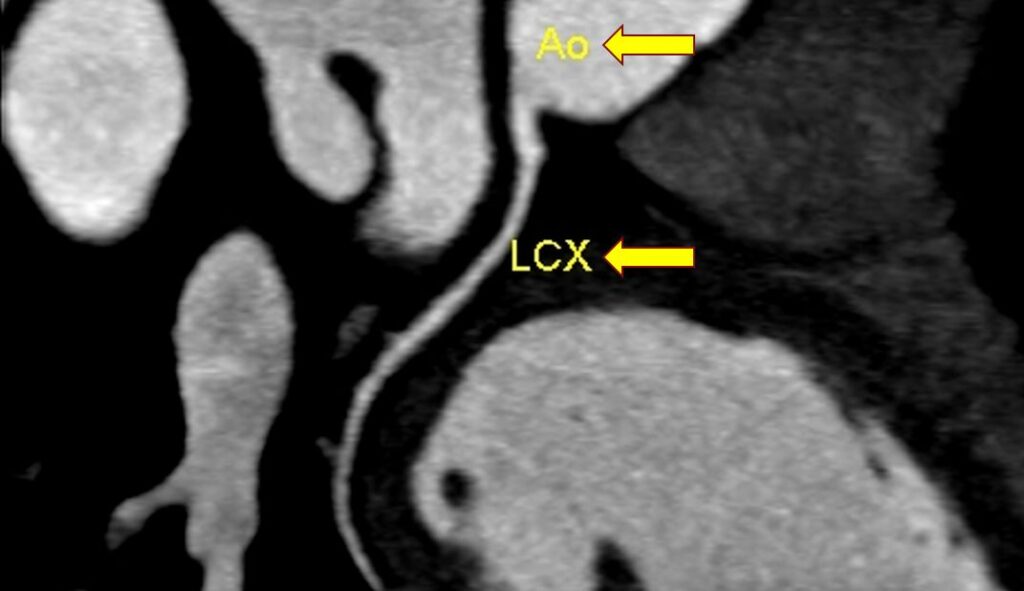
This is how a simple CT image of a blood vessel of the heart will look like in a two dimensional view. One blood vessel has been marked as LCX and is seen arising from aorta, marked as Ao, which is the largest blood vessel arising from the heart and supplying the whole body.

A computer software reconstructed three dimensional image will look like this. Here we can see the left main coronary artery arising from the aorta and has been marked as LM. Two main branches of left main have been marked LAD and LCX. These are two major blood vessels supplying oxygenated blood to the heart.
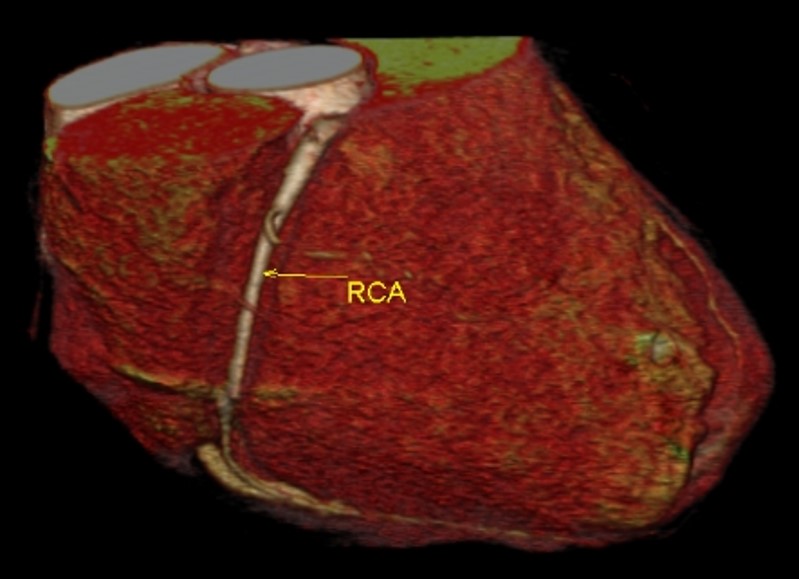
A view from the right side of the heart shows the right coronary artery which has been marked as RCA. This is another major blood vessel supplying oxygenated blood to the heart. Sudden blockage of any of these blood vessels can cause a heart attack. CT angiogram is useful in detecting major blocks in these blood vessels.
Now the big question, who should have a CT coronary angiogram?
CT coronary angiogram is useful to rule out significant blocks in in those presenting with chest pain to the emergency department. But it may not be that useful just to screen for blocks or build-up of plaques in those without any symptoms. Detection of minor plaques in those persons might lead on to undue anxiety. CT coronary angiogram is also useful to evaluate coronary artery bypass vein grafts and larger coronary stents.



